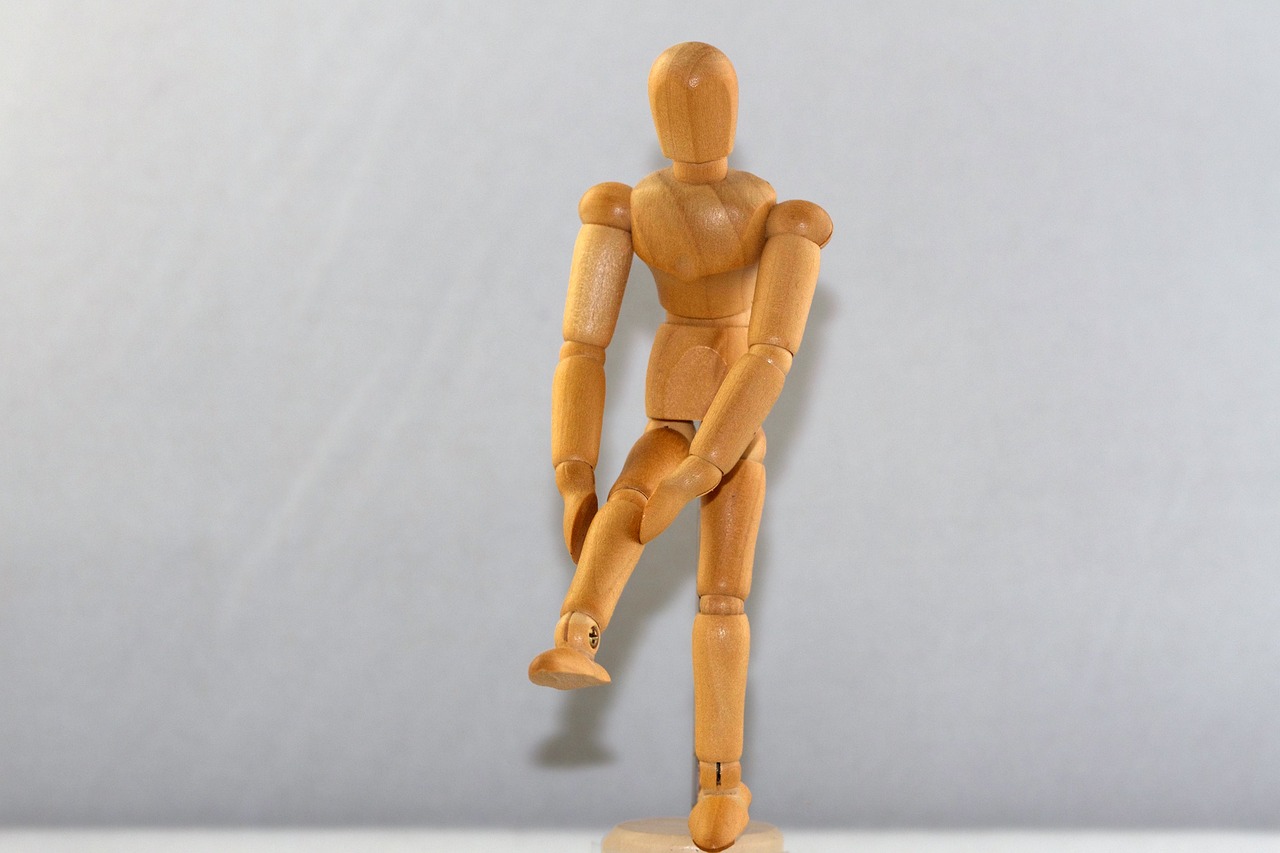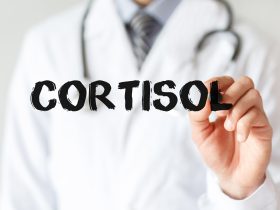It’s not uncommon to experience some aching in your knee as you get older, due to changes in your body and lifestyle.
However, it doesn’t necessarily mean that you’ll develop arthritis or other knee problems. There are some things you can do to help prevent or manage these issues.
Here’s how to distinguish between normal age-related discomfort and more serious problems, and what you can do about them.
Reasons Why Your Knees Might Ache
You might find yourself waking up with some achiness in your knees after a workout or a day of chores. However, if discomfort starts to arise during regular activities, it can be concerning. The cause of this discomfort usually stems from changes in the tissue in and around the knee, which can occur decades before osteoarthritis sets in, typically around your 50s and 60s.
From your 30s, muscle mass begins to decrease by about three to eight percent per decade, and its quality also changes. In youth, muscles are supple and flexible, supporting and moving your knee joint effectively.
Regardless, as you age, your muscles tend to lose their pliability and flexibility, leading to increased pressure on the joint even during everyday activities.
In addition, ligaments and tendons that hold your knee joint together can stiffen and tighten with age, resulting in joint compression, pain, or swelling. These changes, combined with individual asymmetries and unique movement patterns, can accumulate over time.
For example, if you consistently shift your weight to one side when standing, the muscles and ligaments on that side may tighten, slightly pulling your kneecap off track and causing irritation underneath.
Moreover, factors like stress, lack of sleep, and inconsistent movement habits can contribute to increased inflammation and hinder recovery. Age-related changes also affect other joints, including your hips. Sometimes, pain that feels like it’s in your knees actually originates higher up—a hip issue can affect your knee, for instance.
Therefore, it’s important to consider overall health and lifestyle factors when addressing knee pain. Practicing good posture, maintaining a healthy weight, and ensuring regular exercise and stretching can help manage knee discomfort as you age.
If pain persists or worsens, it’s advisable to consult with a healthcare professional for further evaluation and treatment.
When Should You Worry About Knee Ache
Typically, aging involves occasional aches in the knees, which can be managed with a range of lifestyle adjustments and conservative treatments. It’s critical to discern between regular discomfort and more severe issues that require medical intervention.
Age-related knee pain typically manifests as a dull, aching sensation, often localized around the kneecap or in the surrounding muscles.
Occasionally, sharp, fleeting pains or a sense of instability can occur. This sensation, often described as the knee “giving way,” can result from the high degree of innervation in knee tissues, making them sensitive to stress or pinching. These sharp pains usually subside quickly and are not necessarily cause for concern.
However, persistent or debilitating pain, especially if it follows a significant trauma or injury, might indicate a more serious issue like a torn ligament or meniscus, which requires medical evaluation and treatment.
Swelling in the knee also warrants attention, especially if it persists despite resting and reducing activity. If swelling is accompanied by a soft, squishy feel and minimal discomfort, it may be due to mild irritation or dietary factors.
Regardless, prolonged or extensive swelling, particularly if it’s firm or interferes with knee function, may suggest a more severe problem, such as damage to the ligaments or meniscus, which requires medical evaluation and possibly surgical intervention.
In conclusion, while some knee discomfort is typical with aging, persistent pain, sharp pains, or significant swelling should prompt medical evaluation to determine the cause and appropriate management.
Ways to Ease Mild Knee Pain
If you’re experiencing mild knee pain or stiffness, the first step is to rest from activities that have aggravated the discomfort. It’s important to give your body sufficient time to heal, which might mean refraining from certain activities for two to six weeks.
It’s crucial to stay active in a way that doesn’t exacerbate the pain. Engaging in activities that are low-impact, such as cycling or swimming, can help maintain muscle strength and mobility while allowing the knee to recover.
These activities are particularly beneficial because they not only keep the knees moving but also strengthen the legs.
Incorporating specific exercises to strengthen the knees and quadriceps can provide relief from pain and protect the joint from future injury. Some recommended exercises include:
- Mini-squats: Lower only as far as you can without increasing knee discomfort. With time, your range of motion should improve.
- Knee flexion on a step: Place one foot up on a bench or step and rock forward to bend your knee.
- Quad sets: Sit on the floor with your leg straight out in front of you and squeeze your quad to flatten your leg into the floor.
Additionally, over-the-counter anti-inflammatories like ibuprofen can be used for minor knee pain following package instructions. However, it’s advised to limit their use to a few days and consult with a doctor before extended use, as it may delay healing.
If the symptoms persist or worsen despite these measures, it’s essential to seek further medical advice from a primary care physician, a sports medicine or orthopedic specialist, or a physical therapist. They can assess your condition and recommend appropriate treatment options.
Will The Knee Pain Ever Go Away?
While you may experience more occasional twinges, aches, or discomfort as you age, it doesn’t mean you’re doomed to a life of constant knee pain. However, it’s important to be proactive and take certain precautions to maintain healthy knee joints.
One essential step is to stay active. Regular physical activity can help prevent muscle loss and keep your joints better prepared for any extra stress that may occur during a busy weekend.
It is important to learn more about fitness before getting started, to make sure you perform the exercises correctly and avoid any further knee problems.
Contrary to common belief, high-impact exercises like running don’t cause arthritis. In fact, recent research suggests that running might actually be protective against knee pain, possibly by promoting the nourishment of cartilage.
When starting or returning to a fitness program, it’s essential to begin gradually and avoid sudden jumps in activity level. For example, if you’re accustomed to running five miles but took a break, start with walking or run-walking before gradually increasing your pace and distance.
Focusing on strengthening the muscles around your knees is crucial for preventing pain. This includes exercises for your hamstrings and quads. Some recommended exercises are half squats, glute bridges, and straight-leg raises.
Additionally, don’t neglect your hip muscles, as they play a significant role in knee stability. Exercises like banded lateral leg raises, squats with a mini-band, or clamshells can target these muscles.
After your workout, stretching and using a foam roller can help maintain flexibility and prevent potential hip and knee issues from worsening. Remember that your joints require regular movement to remain healthy and functional.
Finally, it’s essential to be mindful of your overall well-being, including sleep and stress levels. High-stress periods can increase the vulnerability of your joints and soft tissues to pain and injury, so it’s crucial to prioritize rest and self-care during these times.
By following these proactive steps, you can help maintain healthy knee joints and reduce the risk of developing chronic knee pain as you age.















Find Us on Socials